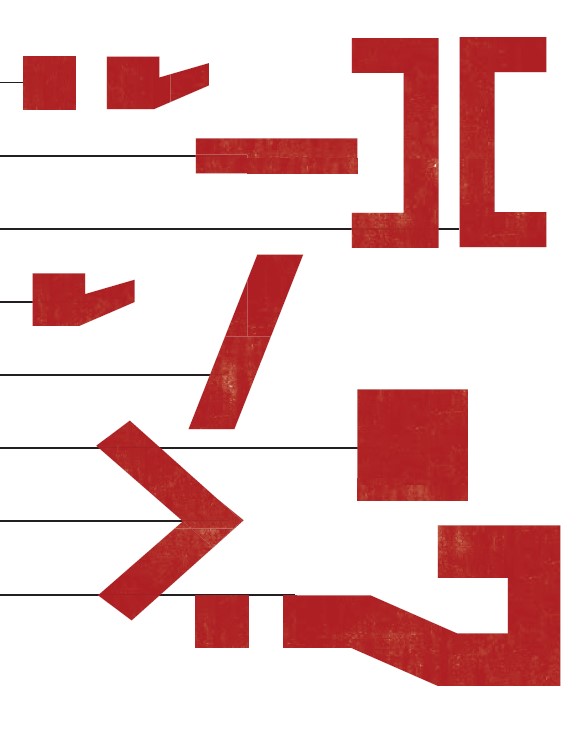Positions in Practice | Bogota (2019)
Punctuation in Teusaquillo
Students: Ksymena Borczyńska, Ege Çakir, Emilia Gołębiewska, Iris van der Heide, Danlei Huang, Hsuanya Kao, Hiu Ching Debby Lam, Silvia Leone, Cherk Ga Leung, Ilianna Logotheti, Rebecca Lopes Cardozo, Agnieszka Panasiuk, Miguel Peluffo Navarro, Alexander Petrounine, Elena Rossoni, Julia Słopnicka, Robby Stubbs, Isabel Ulbrich
Title: Bogota: Punctuation in Teusaquillo
Semester: 2019
Teachers: prof. dr. ir. Klaske Havik, dr. ir. Jorge Mejia Hernandez, dr. ir. Alberto Altes arlandis
This book is the result of the research conducted in the P1 phase of the graduation studio ‘Positions in Practice’ of the chair Methods and Analysis in the department for architecture and the built environment, TU Delft.
We found ourselves in a foreign country. Colombia was, to us, impossible to grasp; its landscapes, cities and architectures are unfamiliar, the customs of its people – unknown.
A question arose - how do we then engage with this new space in a meaningful way? We eschewed the typical tools of our trade and tried something different. No mapping, no measurements; scale, for once, didn’t matter. Taking with us domestic objects, of no – or is was it utmost? – importance, we tried to explore the neighborhood of Teusaquillo in Bogotá in ways previously thought as unimaginable.
And thus – we immersed ourselves in soundscapes, banging spoons on railings and fences. We brushed grass, climbed trees, observed through a mirror; through learning about Teusaquillo, we created a spectacle of our own. We will never be able to learn everything there is to learn about this piece of land within a city so unprecedented in our eyes. The biggest takeaway from our experimenting, however, was the understanding that sometimes it’s alright not to know.
The physical result of our initial investigations was a series of short films, the stills of which are presented in this introduction. Whimsical and sometimes surreal, the films were meant to capture Teusaquillo subjectively and selectively, while still exploring in depth certain themes. This approach is very much reflected in this volume – each chapter touches upon different aspects of the neighborhood, while the themes chosen are solely based on our own curiosity. Walls and pavements, sounds and dance, street vendors and homeless; the range of topics is very wide. Somewhat constrained by the physical distance between ourselves and the subject of our investigations, we have tried to conduct meticulous analysis, in the most honest and straightforward way we could.
We cannot say that we know everything about Teusaquillo. We cannot say that we truly understand it. We have, however, attempted to uncover some truths about it; to dust off its little corners, nooks and crannies and examine them like something precious.
More information and documentation about this project can be found here.
